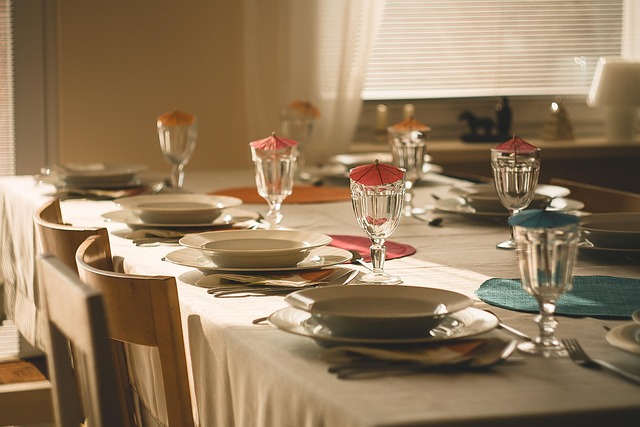When it comes to layered photography, mastering your flash settings can not only illuminate your subjects but also add depth and intrigue to your images. Photography is not just about capturing a moment; it’s about layering emotions, textures, and light in such a way that your photo speaks volumes. Understanding how to manipulate flash settings will transform your photos from simple snapshots into sophisticated pieces of art.
First, let’s talk about the importance of flash in layered photography. Flash settings play a crucial role, especially in low-light situations, where natural light fails to adequately illuminate your subjects. By adjusting your flash output, you can create a stunning contrast between your subject and the background, emphasizing different layers of your composition. For instance, a properly diffused flash can soften harsh shadows and bring out subtle details, enhancing the overall depth of your photo.
One key technique to consider is the use of off-camera flash. This allows for greater flexibility and creativity in layering. When your flash isn’t directly behind the lens, you can create dynamic light interactions that add more dimension to your shots. Experiment with different angles and distances; sometimes, a slight shift can dramatically change how light interacts with your subjects and background.
Additionally, utilizing gels on your flash can introduce color and atmosphere to your photographs. By layering colors in your lighting, you can evoke emotions and craft a narrative within your images. Think about how certain hues can enhance the mood you’re trying to convey; for example, a warm orange might create a cozy feeling, while a cool blue adds a sense of calm or mystery.
Understanding your camera’s settings in conjunction with your flash settings is paramount. Experiment with your aperture, ISO, and shutter speed to allow the right amount of natural and artificial light to enter the frame. A wider aperture and a higher ISO can help balance out ambient light, ensuring that both your flashes and natural light coexist harmoniously in your layered photography.
Don’t forget to consider the distance between your flash and your subject. The farther the flash, the less pronounced its effect will be. In layered photography, adjusting the distance helps control which layers draw focus. By playing with these distances, you can ensure that your subjects pop while still allowing the background to contribute to the overall story you wish to tell.
Finally, practice makes perfect. Spending time experimenting with various flash settings in different environments will yield a wealth of knowledge and skill. Each shot you take is an opportunity to learn about the interplay of light, layers, and composition. As you refine your technique, you’ll find that your confidence grows and your photos begin to speak your artistic language.
Ultimately, the magic of layered photography lies in its ability to blend multiple elements into one cohesive image. With the right flash settings and a clear understanding of optics, you can elevate your photography to new levels, capturing not just what you see, but how you feel within each frame.



